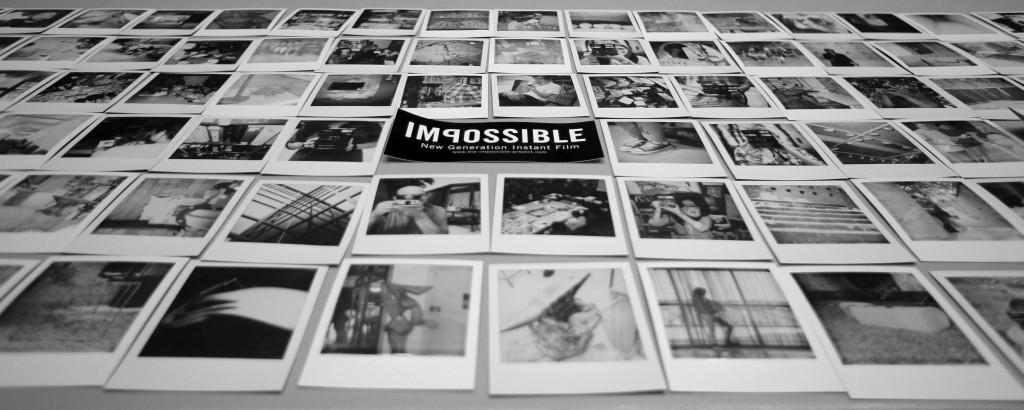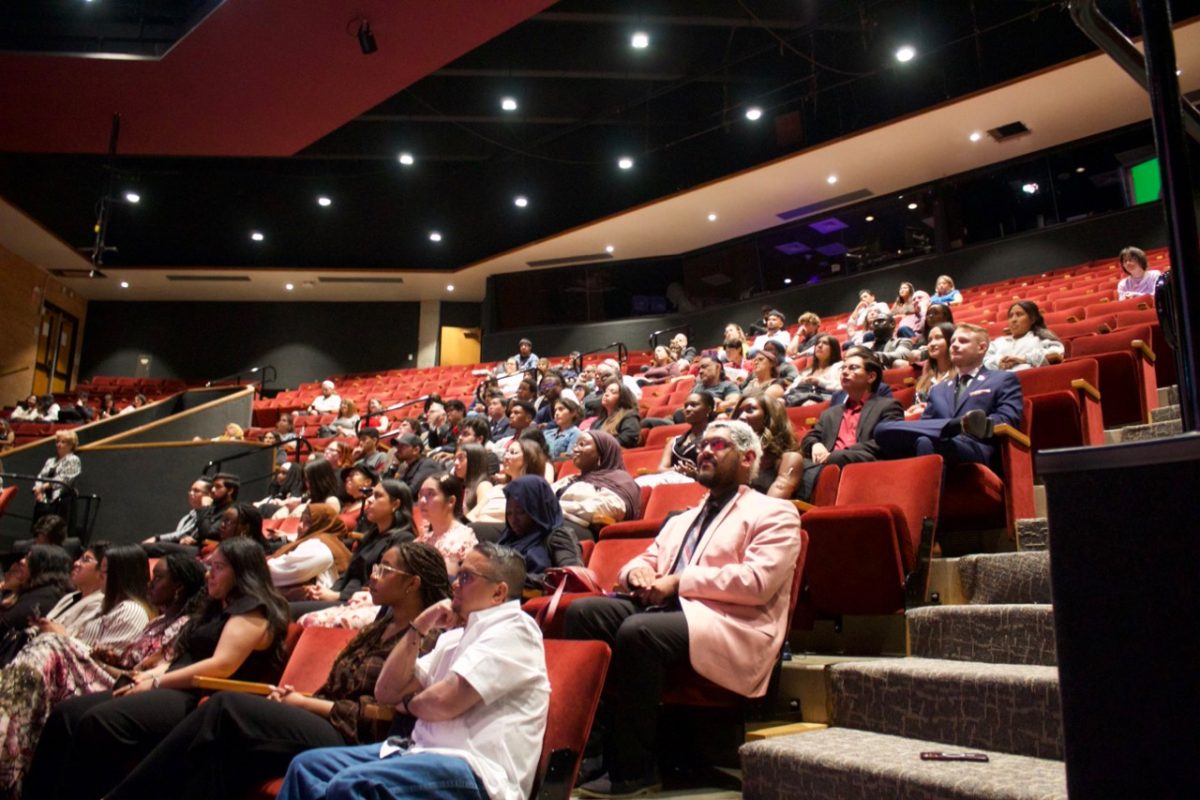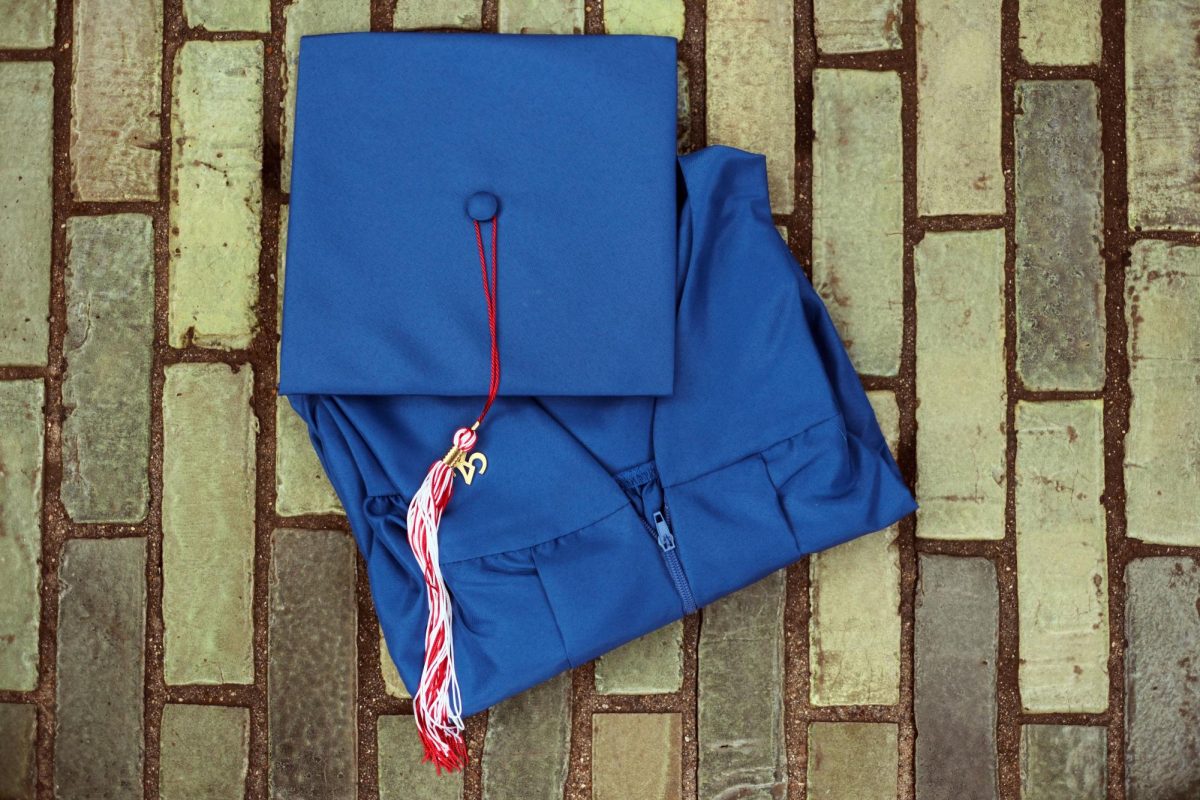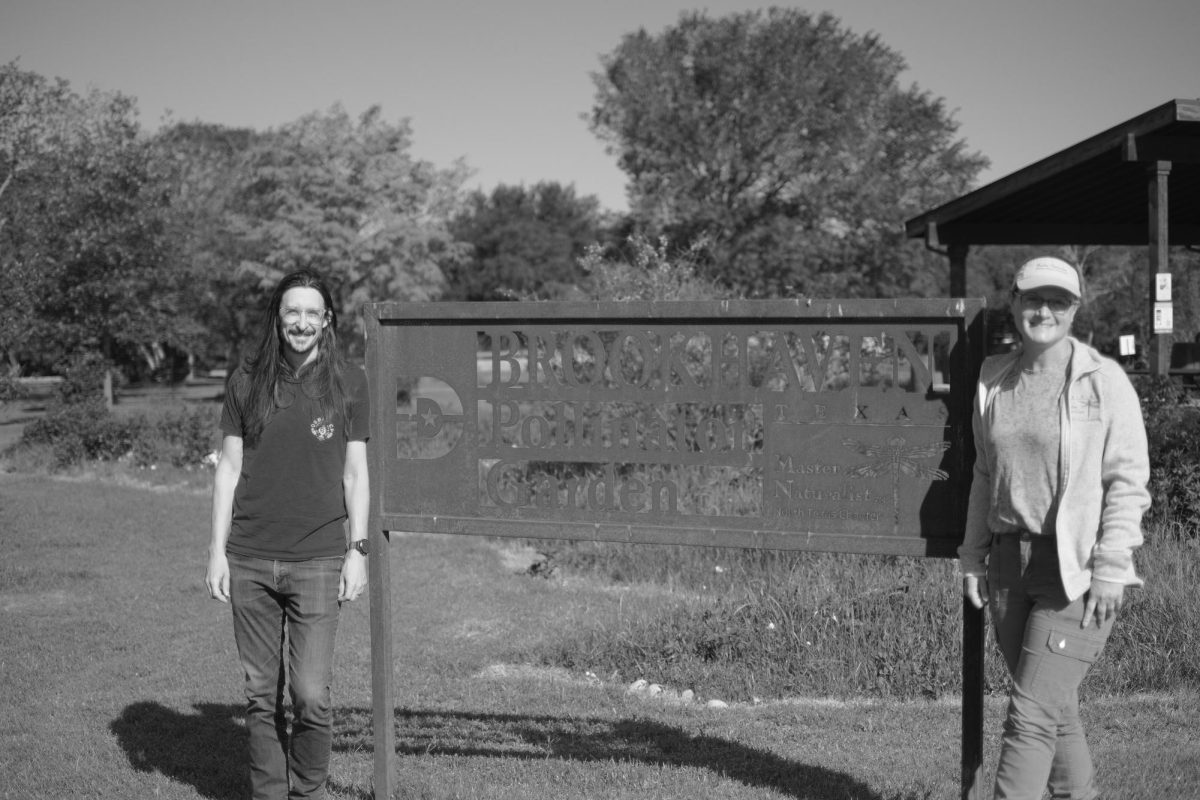By Scott Mitchell
Staff Writer

The shutter snaps, and the sound of gears catching and materials being pressed and ejected follows. A hand immediately shoots up, catching the ejected print in an empty film box, shielding it from harmful protons. A few minutes later, an image begins to manifest where once there was only a pale, inky blue.
This is what photographer Justin Goode loves about instant photography: the sounds, the colors and the timely gratification of physically holding the image shot only moments before in his hand.
Goode said: “One of the coolest things is how it’s developed. Upon the film’s ejection, ‘analog goop’ is squeezed across an exposed negative and an image materializes from the chemical reaction that takes place. That just feels right to me.”
The chemistry is the defining property of instant photography. A combination of chemicals, exposed to light for a fraction of a second, turns the image the photographer saw through the viewfinder into a captured memory.
In 2008, Polaroid announced it was getting out of the instant film business. By 2009, it had officially shut down its last factory, according to the Washington Post.
Another company, according to www.petapixel.com, bought Polaroid’s production machinery. This company called itself the Impossible Project, and made itself the only company in existence to produce instant film that worked with Polaroid cameras.
It was because of this unique photography medium that Goode was invited to the Brookhaven campus Oct. 2.
With the help of Impossible Project, Brookhaven photography students were able to do something many of them had not done before: shoot using instant photography. Goode brought stacks of instant film and cameras with him so students could shoot some photos for themselves.
After a brief talk about why he is a proponent of instant photography, Goode played show and tell with the dozen or so cameras he brought along for students to shoot with. Once he taught the students how to load and shoot properly with the cameras, the students broke into groups and took off around the campus to capture a variety of photographs.
In the end, more than 100 different exposures were taken by the students.
Goode was not always a supporter of instant film. He began shooting in digital format in 2007, and soon after, began trying film with a Nikkormat FT3. Goode said he began shooting instant film in April of this year.
Instant film isn’t just his hobby. He has managed to adapt his professional photography to occasionally include instant film. “Shooting a client with instant film brings out another side of the person.” Goode said. “Most, if not all the people that see the process, are intrigued.”
Goode took his passion one step further and founded the Dallas Instant Film Society. The goal of the group is to promote the use of instant film to anyone interested. It had its first group shoot Sept. 29 at the State Fair of Texas.
The most important difference between instant film and digital photography is that “you’re holding a print seconds after you took the image. It’s also a unique platform for creativity,” Goode said. “Once you take the image, you have it in your hands: give it away, put it on your fridge, frame it, use it as a postcard, make a collage, create art.”













